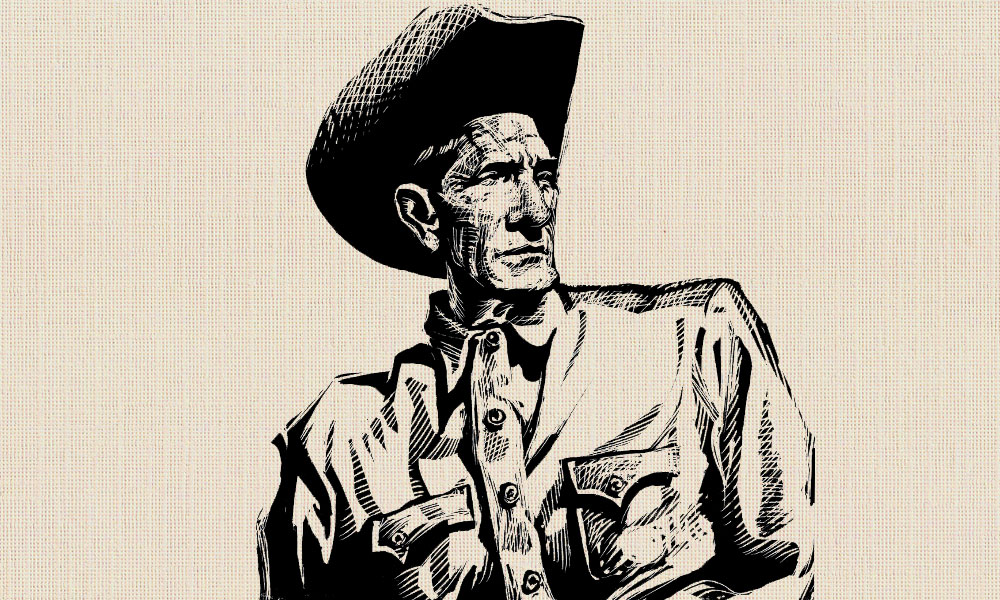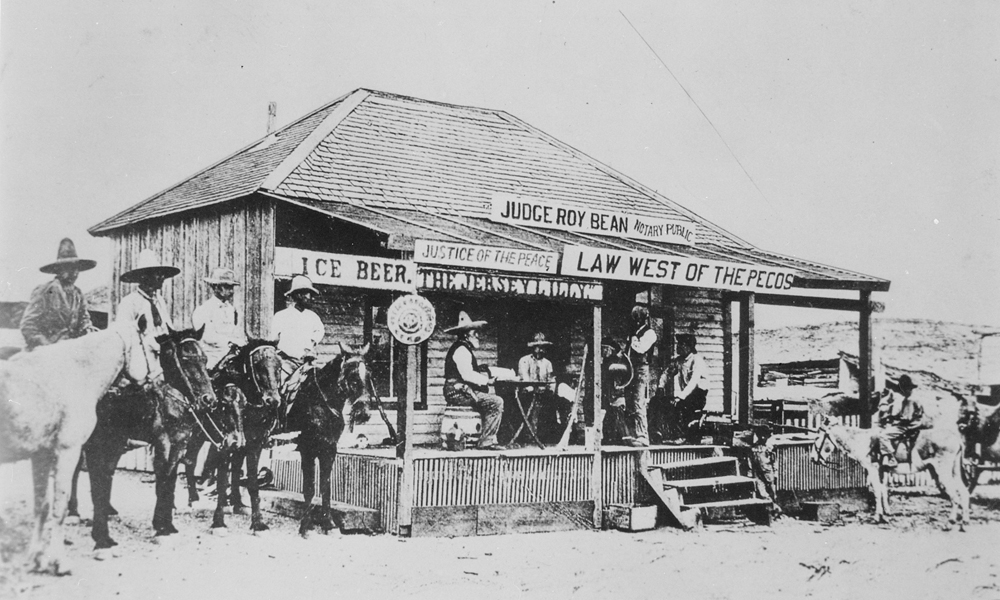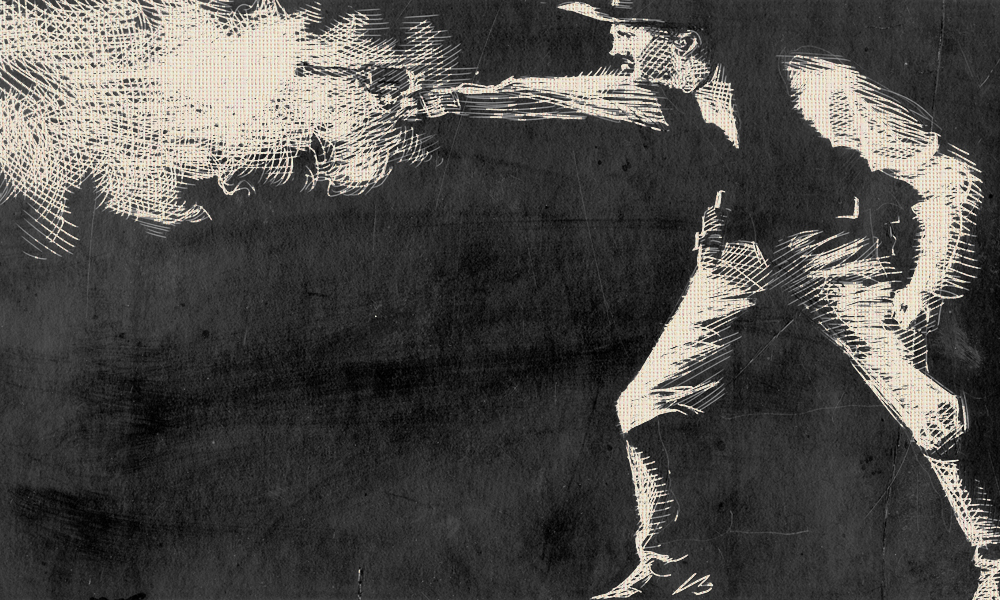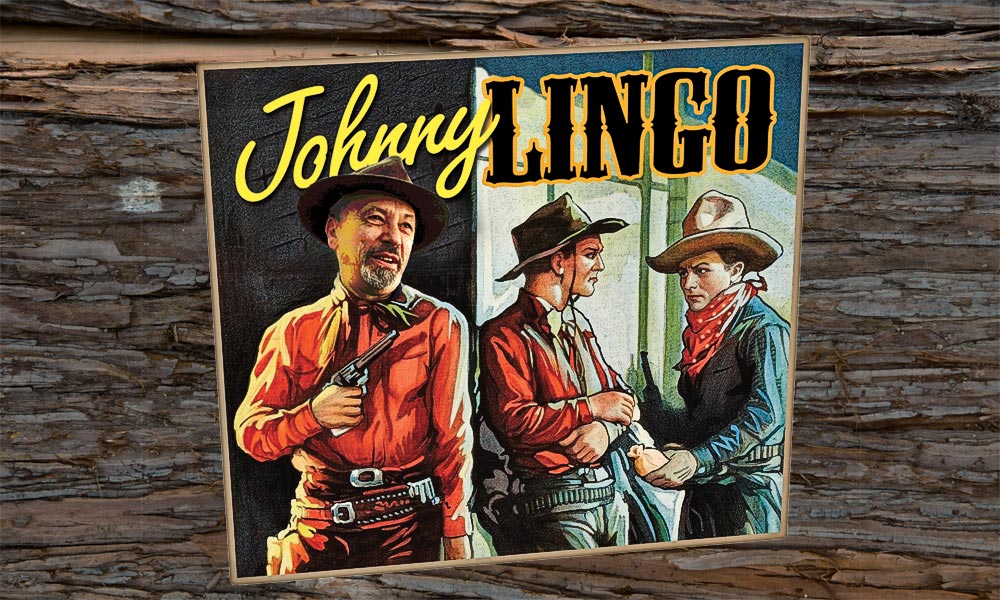
Arbuckles’, Bean Masters & Boiled Strawberries
While beef may have been plentiful at times and in parts of the West, rounding up a decent meal regularly taxed even the most imaginative providers. A tongue in cheek article in the June 22, 1890, Phoenix Arizona Republican acknowledged the bare bone basics that were common among cattlemen, miners, soldiers and other frontier denizens. First there were: “Arizona strawberries—grown on bean vines, are brown in color. Form the staple of food all through the southwest” These didn’t have to be bland burnt lumps, but as an 1885 article of the Overland Monthly reported they could be “toothsome frijoles and appetizing chile” that a famished feaster could scoop up with a “spoonlike doublings of his tortilla” with a “dexterous swoop [and]… devoured the morsel with an epicurean smack….” The Arizona Republican contended the perfect accompaniment was: “Sowbelly—A necessary concomitant to boiled ‘strawberries.’”
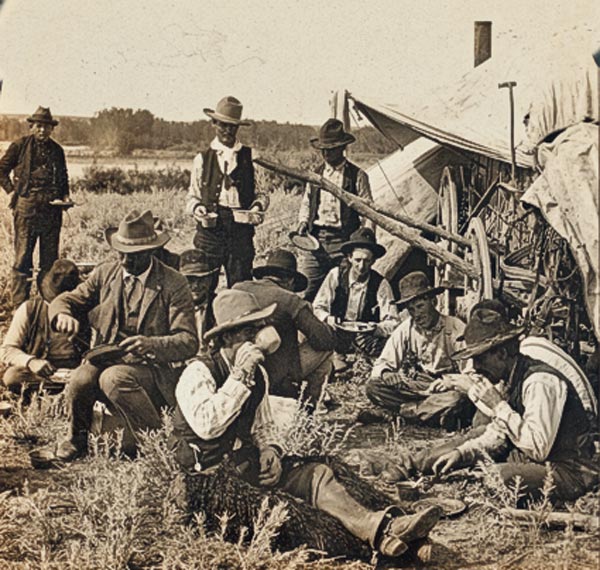
– Courtesy New York Public Library–
To help wash down the frijoles at chow time, cowboy cooks (“bean masters”) turned to one of their favorites from the Arbuckle brothers out of Wyoming, who dubbed their widely recognized java “Ariosa.” Evidently the “A” stood for Arbuckle, “rio” for Rio de Janeiro, and “sa” for Santos, a pair of coffee ports in Brazil. This was all well and good but even the best brew beans could not overcome the alkali water that Mark Twain recalled made the coffee “the meanest compound man has yet invented. It was really viler to the taste than the unameliorated water itself. Mr. Ballou, being the architect and builder of the beverage felt constrained to endorse and uphold it, and so drank half a cup, by little sips, making shift to praise it faintly the while, but finally threw out the remainder, and said frankly it was ‘too technical for him.’”

